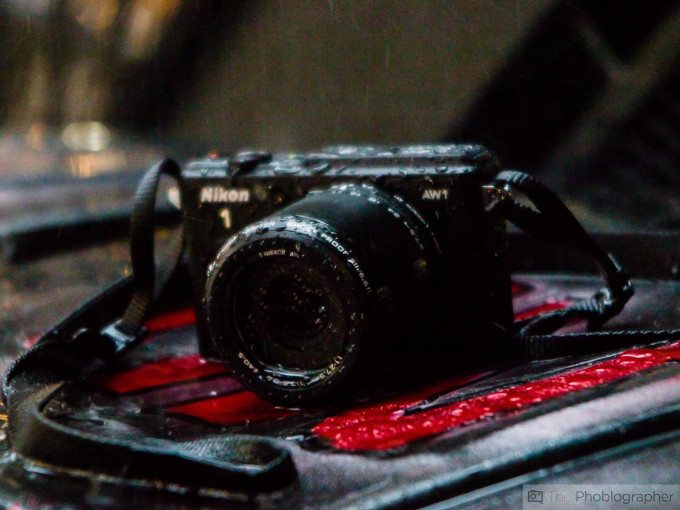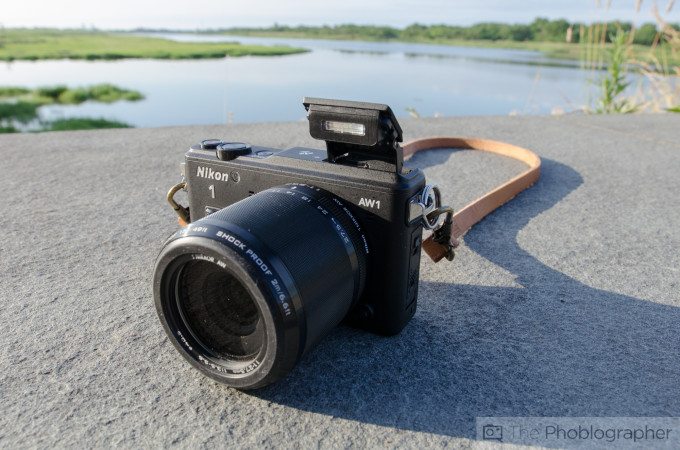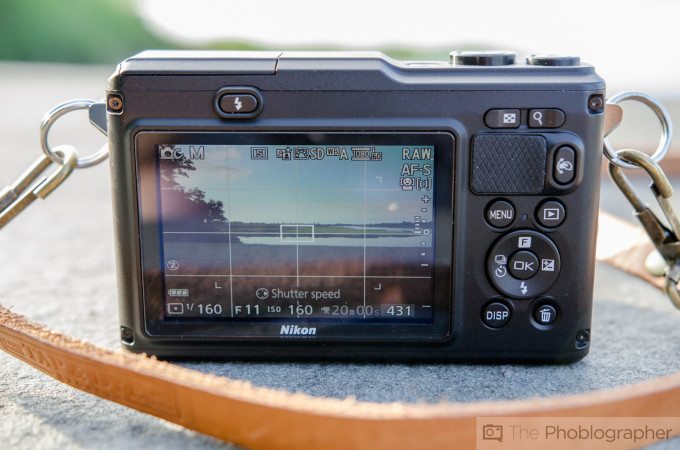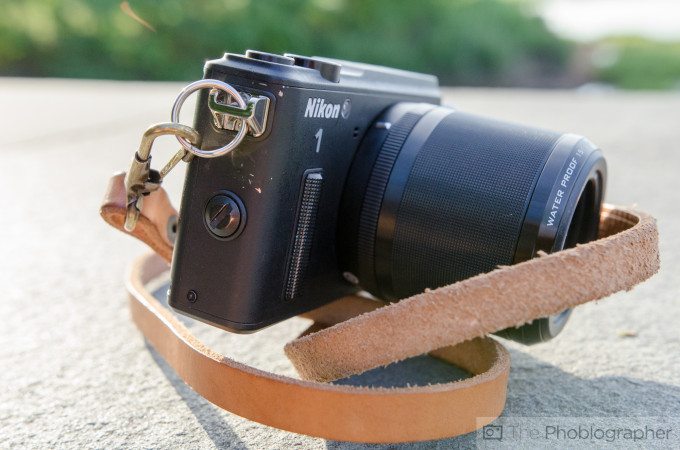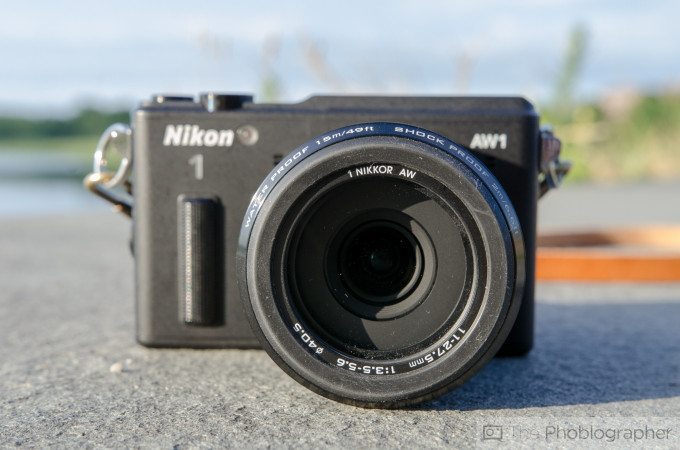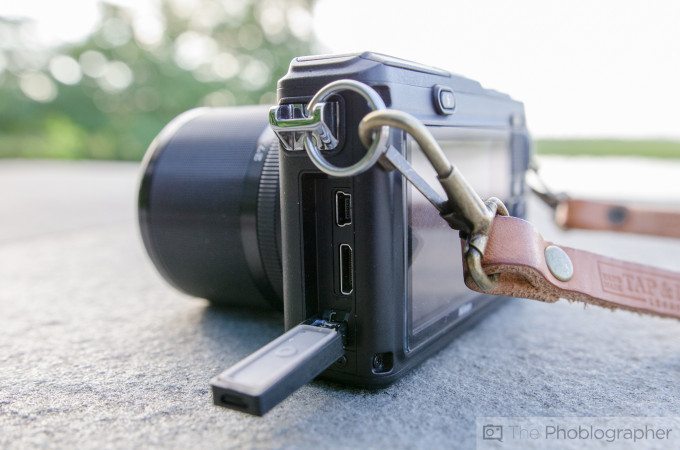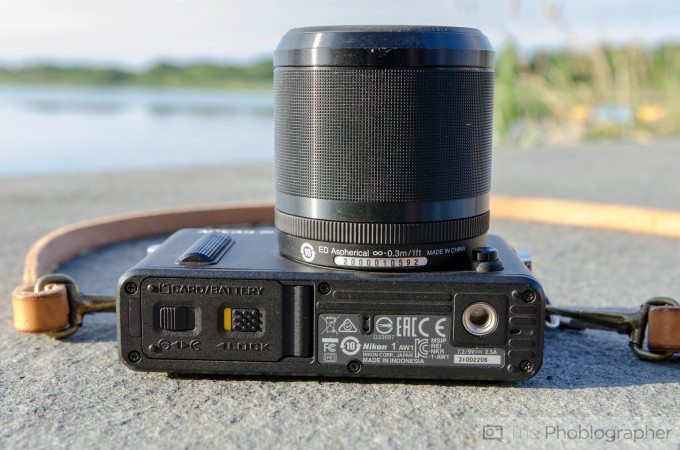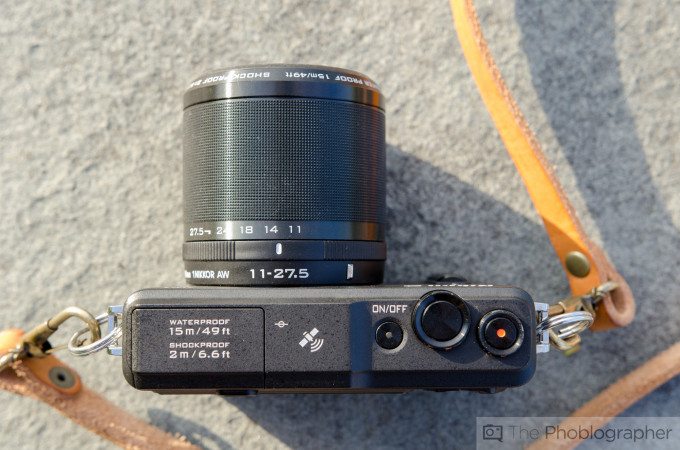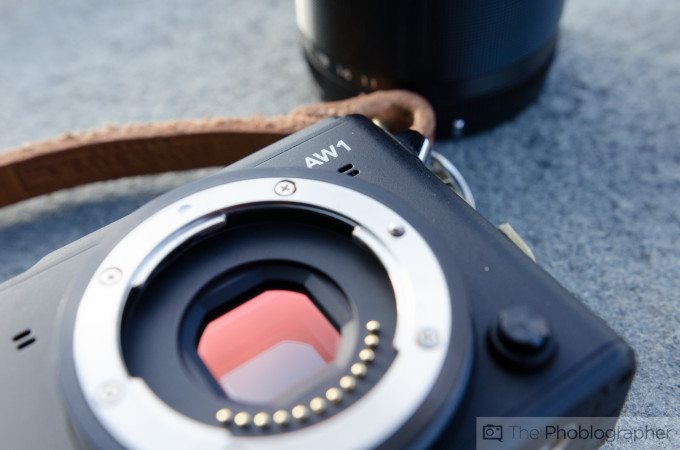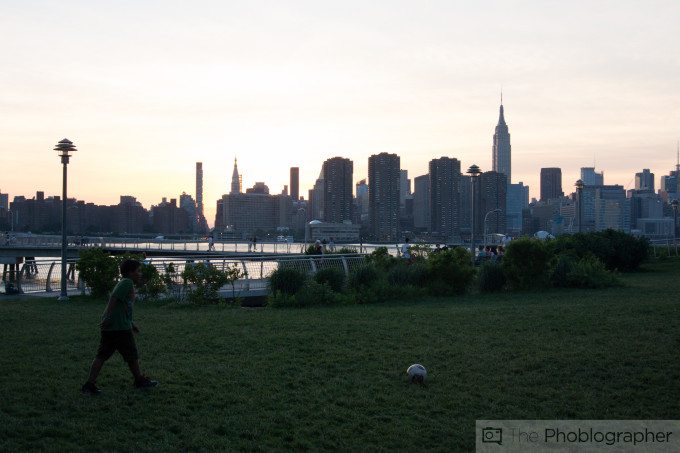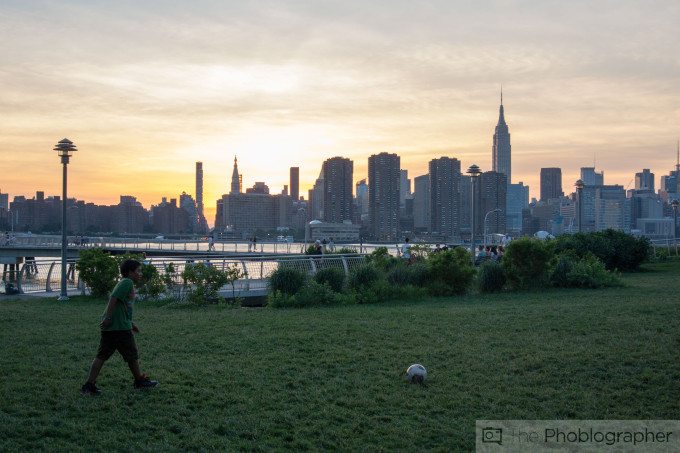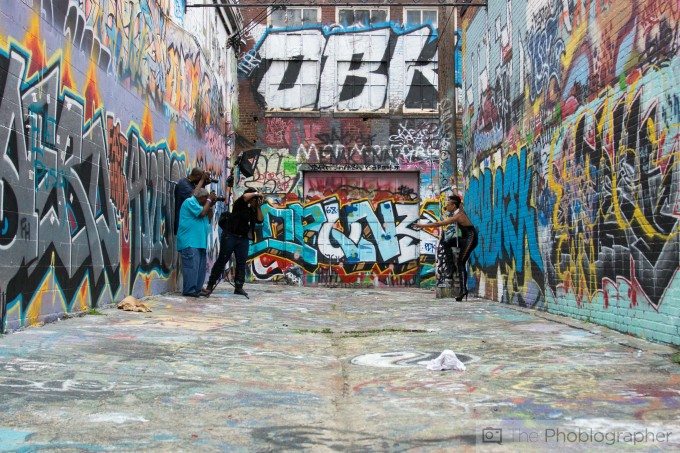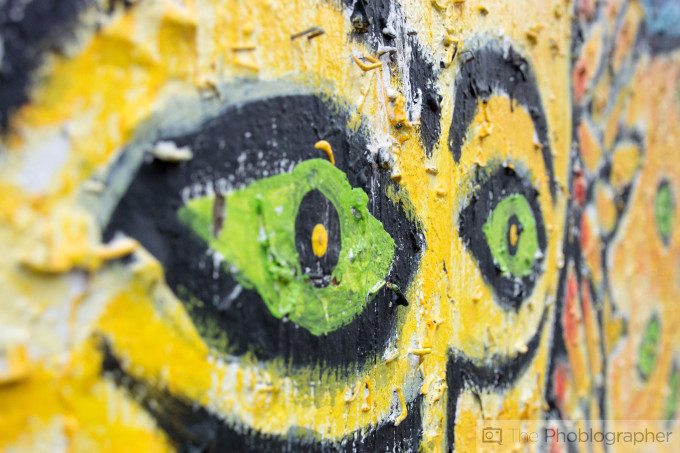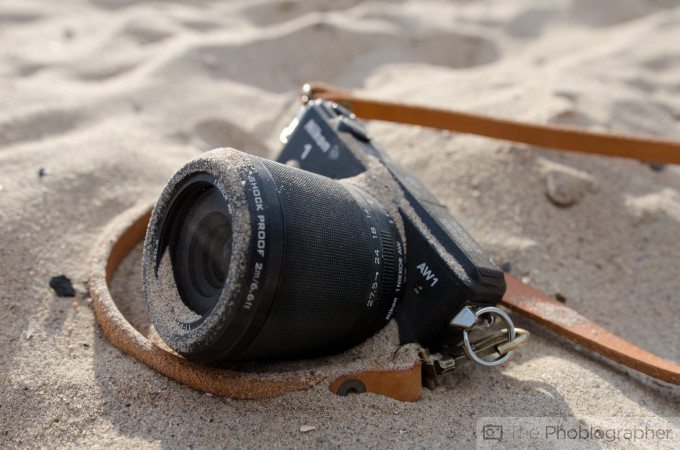Last Updated on 03/17/2023 by Lara Carretero
When it comes to mirrorless cameras, Nikon is in the midst of the worst identity crisis out of all the camera manufacturers. In just the last few years the Japanese camera company has announced three-redesigns of its Nikon 1 V series and recently just announced the fourth version of its 1 J lineup. If seven cameras released in a short while wasn’t enough already, last year Nikon introduced the AW1, a ruggedized mirrorless camera designed to go underwater 49ft, arctic environments, and bounce back from a hard fall from 6.6ft.
It’s uniquely tough even amongst other weather-sealed mirrorless cameras such as the Fujifilm X-T1 and Olympus OMD EM1—but this camera is as equally out of place for the same reasons. Starting at $800 with an equally ruggedized 11-27mm f3.5-5.6 lens, the Nikon 1 AW1 comes with a hefty asking price as the world’s first and only underwater interchangeable lens shooter. Now the question is whether or not Nikon has put together a rough and tumble camera the photography was asking for or does the AW1 fall flat?
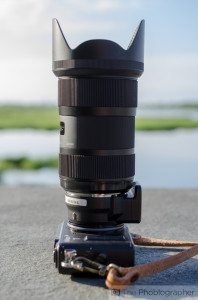 Pros and Cons
Pros and Cons
Pros
- Tough as bricks
- Survived a NYC thunderstorm
- Excellent color and skin tone reproduction
Cons
- Can’t handle a day at the beach
- Squishy shutter button
- Poor low light performance
Gear Used
We tested the Nikon 1 AW1 with the Nikkor 11-27.5mm f3.5-5.6, Nikon FT1 Adapter, Nikkor 40mm f2.8, and Sigma 18-35 f1.8
Tech Specs
Taken from the B&H Photo listing of the camera.
- 14.2MP CX-Format CMOS Sensor
- EXPEED 3A Image Processing Engine
- Water, Shock, Dust & Freezeproof Design
- 3.0″ 921k-Dot LCD Monitor
- Full HD 1080i Video Recording at 60 fps
- Action Control and Sensing Functions
- Advanced Hybrid AF System
- Built-In GPS/GLONASS & WU-1b Compatible
- Pop-Up Waterproof Flash
- 1 NIKKOR AW 11-27.5mm f3.5-5.6 Lens
- Size: 4.5 x 2.8 x 1.5″ / 113.3 x 71.5 x 37.5 mm
- Weight: 12.56 oz / 356 g (body only with battery and memory card)
Ergonomics
The Nikon 1 AW1 suffers from a significant lack of physical controls that the experienced crowd of photographers are used to. You won’t find a single dial on the camera and that’s partially a design choice to help keep the AW1 completely watertight.
To make up for the lack of dials for controlling aperture, shutter speed, and the like you need to press the two top buttons on the back of the camera. Also on the back, there is a host of other buttons for the menu, image playback, an accelerometer controlled quick menu, and four-way directional pad. The directional pad is setup for a few quick shortcuts including swapping shooting modes, drive modes, exposure compensation, flash, while AF point select is tagged to the OK button.
Unfortunately none of these quick shortcuts are ISO, metering options, or any real manual controls that a photographer will want quick access to. Thankfully the AW1 does not have mushy buttons as most weather-sealed cameras do and they even depress with soft click.
On the right of the camera, there’s a screw, which is used for mounting accessories like optional grips. And that is also where you get a better view of the super small ergonomic grip.
Face forward, you see that grip again–which is just enough to scratch my fingers against. Otherwise there’s also a camera lens release and AF lamp, which pulses out a blinding green light when in use. The one other unique thing about the AW1 is it has an extended mount to make room for a rubber O-ring. This helps the camera create a water tight gasket when attaching the AW 11-27.5mm f3.5-5.6 lens. The sensor is also housed behind a dust-proof piece of protective glass.
On the left side there’s a double sealed latch hiding a miniUSB and miniHDMI port. These ports are weather sealed with a door that has double latches.
Underneath the battery cover features the same double locking mechanism to keep the battery and SD card compartments water sealed. It’s Nikon’s way of assuring that everything is tightly sealed.
Up top we’ve got a power switch, shutter button, and movie button. All of which have a squishy feeling unlike the buttons on the camera’s backside.
Build Quality
Despite the small fumbles with the controls, the Nikon 1 AW1 is a solid brick of the camera. It’s also a bit on the heavy side thanks to the extra bits of rubber meant to keep water at bay. The front plate is also almost made completely out of metal so that factors into the camera’s heft. Unfortunately the rest of the AW1 is made of plastic including the top plate, back panel, and bottom side.
Earlier last June our Editor in Chief, Chris Gampat, gave the AW1 a thorough rinse under the sink and the camera survived the ordeal. After taking the camera out to the beach it fared far less waterproof. Within a few minutes of holding the camera underwater and against incoming waves sand managed to seep into every sealed compartment and underneath practically every button on the device. Worse yet after detaching the lens I found a small spray of water on the backside of glass with flecks of sand as well. While the camera is rated to go underwater up to 49ft, it couldn’t even handle a quick dip in the ocean.
Again, we made absolutely sure everything was properly sealed.
I also dropped the camera on some New York City pavement and after the second drop the camera’s frame began to split along the battery cover where it’s made of plastic. Despite this small crackup, the AW1 is still firing and, amazingly, it continues to be water resistant. Part of this is perhaps due to the design of the chassis.
They really just don’t often make cameras like this anymore…
The AW1 proves to be amazingly tough while at the same time fails to deliver on Nikon’s promises. It’s more than capable of surviving a trip to the sink and a heavy NYC shower, but users looking for a camera to take on their next dive should look into an underwater housing for their current camera instead.
Ease of Use
This is where the Nikon 1 AW1 lack of controls fails the camera. Not only are there a few buttons to set option, Nikon has also buried all the camera’s manual controls under two and even three sets of menus. One prime example of this is to set the camera into manual I have to first get into the camera’s main menu, enter shooting modes, scroll to creative modes, and finally select my preferred mode. Setting up any of the manual controls is an equally frustrating slog menus whether it be switching between AF modes or setting the ISO.
For this reason, we recommend that everyone sets it to auto and just forget about all the rest.
Autofocus

If there’s one thing that’s nice about the Nikon 1 series of cameras it’s that the company got autofocus right. Focusing is very quick on the AW1. With 73 phase detect and 135 contrast detect AF points in total, the camera has enough AF points to cover the entire frame. When shooting moving subject, the AW1 also had no qualms tracking focus either.
Metering
The Nikon 1 AW1 overexposes in most situations. Under a partially overcast sky I shot a few frames using the sunny 13 rule and found most of my frames were just slightly too bright. It’s a quick fix by raising your shutter speed a hair. The bad news is the AW1’s RAW files aren’t very flexible with wrangling highlights, which I’ll get back to in a little bit.
Image Quality
Despite having one of the smallest sensor out of the mirrorless pack, the Nikon 1 AW1 can push out some pretty pictures. The camera resolves some wonderfully bright and full colors. I can say similarly good thing about the AW1 capacity to produce true-to life skin tones. Attach an insane piece of glass like the Sigma 18-35mm f1.8—which, by the way, looks just ridiculous on a camera that measures about an inch thick—and the sensor can truly shine.
But going small has its faults. The sensor can resolves images with a limited dynamic range. Most notably in the frame below the scene was bathed in bright sunlight meanwhile almost all the detail in the dark parts of the frame are lost to the shadows even in post.
High ISO Output
Even worse than the lack of detail retention, the AW1 has just dreadful low light performance. Images start to get noisy even at ISO 1600 and it only becomes even more noticeable at ISO 3200.
Raw File Versatility
While it might be a bit noisy, there’s a decent chunk of detail that can be recovered from the AW1’s RAW files. Turning up the exposure almost brought back every blade of grass captured in this frame. Lowering the highlights, meanwhile, turned the sky from blindingly bright white mass to a painting of light and clouds. While it worked out for this photo in particular, you can only lower the highlights inside the AW1’s RAW files by a few stops. There were more than a few exposures where I struggled to level out an overly bright sky, so it’s a safer bet to under expose on sunny days.
Video Quality
Video is a big deal on an action cam and the AW1 includes some nice video features including 1080p at 60fps. While I was down at the beach I recorded a short video of the water coming in, something most photographers wouldn’t dare subject their weather-sealed cameras to.
Extra Image Samples
Conclusions
Likes
- Solidly built and handsome looking camera
- Dropped and cracked, yet it still works and is amazingly still water resistant
- Surprisingly clicky back buttons
- Double locking panels
- Great color and skin tone reproduction
Dislikes
- A bigger grip would be nice especially for a “underwater camera”
- Struggles to wrangle highlights in post
- Noisy starting at ISO 1600
- Not as water sealed as promised
- Blindingly bright AF assist lamp
- No hot shoe or powered flash connector
We rate this camera 3 stars out of 5.
 I personally can’t fathom why a photographer would want to buy a standalone underwater camera for their kit. Although at $800, the AW1 is significantly cheaper than any good underwater camera housing, it’s just can’t go into very deep water. Worse yet the camera isn’t as waterproof as Nikon promises. If the camera took on a drop of water after just a few minutes at sea, it could easily fill up with saltwater after a prolonged swim.
I personally can’t fathom why a photographer would want to buy a standalone underwater camera for their kit. Although at $800, the AW1 is significantly cheaper than any good underwater camera housing, it’s just can’t go into very deep water. Worse yet the camera isn’t as waterproof as Nikon promises. If the camera took on a drop of water after just a few minutes at sea, it could easily fill up with saltwater after a prolonged swim.
As for how the camera sensor itself holds up, the AW1 is definitely a step up from a point and shoot with more flexibility than a bridge camera or high-end compact. The camera has a solid AF system backing it up and good image quality.
But in the end the camera ‘s ruggedized design hamstrings so much of its basic function. The lack of physical controls and buried manual settings will leave photographers frustrated as they grip a waterlogged camera in their hands.


